Media | Articles
33 Stradale signals renaissance of coachbuilt Alfa Romeos
By now you have probably seen the Alfa Romeo 33 Stradale, an achingly pretty, limited-run, coachbuilt Italian supercar. The inspiration for this project is rooted in Alfa’s heritage–the 1967 33 Stradale developed from the automaker’s Tipo 33 race car. Carrozzeria Touring Superleggera will build each car to its customer’s specific wishes, including custom bodywork, marking Alfa’s first exercise in coachbuilding since 1969. There’s more where that came from, say company brass.
Just don’t expect any future effort from Alfa’s new “Bottega” team of tailors to include a combustion engine. The new 33 Stradale, which sold out within weeks of initial conversations with prospective buyers, offers the choice between a twin-turbo V-6 gas engine or a fully battery-electric powertrain. The existence of that option reflects an inflection point, says Alfa Romeo North America senior vice president Larry Dominique: “The ability for us to bring both gas and BEV versions to market should not be misunderstood. We wanted to give our discerning customers a choice, both for what has been and what is going to be.”
“What is going to be” means a budding suite of electric cars—crossovers and SUVs, in particular—set to flood Alfa Romeo showrooms. So-called “fuoriserie,” custom-built, cars, on the other hand, allow the Italian automaker to explore niches it might not otherwise be able to. What kind of cars, you ask?
“The 33 Stradale is a supercar, but that doesn’t mean we’ll always do that,” explains Dominique. “Just think about our history— two-seater cabriolets, roadsters, and more. In limited editions we have the flexibility to do things we can’t do in large-scale production. Plus we have the advantage of leveraging our family association with Stellantis and all of those components.”
In this case, corporate sibling Maserati donated a fair bit of bits to Alfa’s cause. The MC20 supercar’s aluminum H-frame and carbon-fiber monocoque are shared with the 33 Stradale, as are many Bilstein components for the active suspension. Both cars use carbon-ceramic brakes from Brembo.
Marketplace
Buy and sell classics with confidence
While both have 90-degree twin-turbo V-6s, the engines are different, says Dominique. Maserati uses its proprietary 3.0-liter “Nettuno” engine (621 hp, 538 lb-ft of torque), whereas Alfa Romeo employs an evolution of the Ferrari-developed 2.9-liter twin-turbo V-6 from the Giulia and Stelvio Quadrifoglio. In the 33 Stradale, the displacement of that Ferrari mill increases to 3.0 liters and makes some 120 additional horses for a total of 620+ hp.
The 800-volt battery-electric version of the 33 Stradale produces 750+ hp but at the expense of 600 kg (1320 pounds) of additional weight. Range is about 270 miles on the EPA cycle, or 450 miles on the Euro WLTP one. The exact motor configuration and setup are still up in the air.
Niche, of course, is another way of saying “exclusive.” Whereas the MC20 costs between $225,000 and $300,000 depending on specification, you can figure about five times that for this ultra-customizable Alfa Romeo. Dominique would not divulge any specific price, citing variability depending on customer specifications, but Automotive News Europe reports roughly $1.5M.
That figure squares with Dominique’s claim that the 33 Stradale is a performance competitor with the McLaren Elva, a roofless 804-hp speedster costing about $1.7M. He also cited Pagani as a competitor.
The design and manufacturing connection to brand heritage may well help legitimize these limited-run halo products from Alfa Romeo, which technologically will bear no connections to tradition.
The entire project came together in a matter of about 10 months. Touring Superleggera is set to complete two or three cars per month, with the first delivery planned for December 17, 2024—the anniversary of the original 33 Stradale.
***
Check out the Hagerty Media homepage so you don’t miss a single story, or better yet, bookmark it. To get our best stories delivered right to your inbox, subscribe to our newsletters.



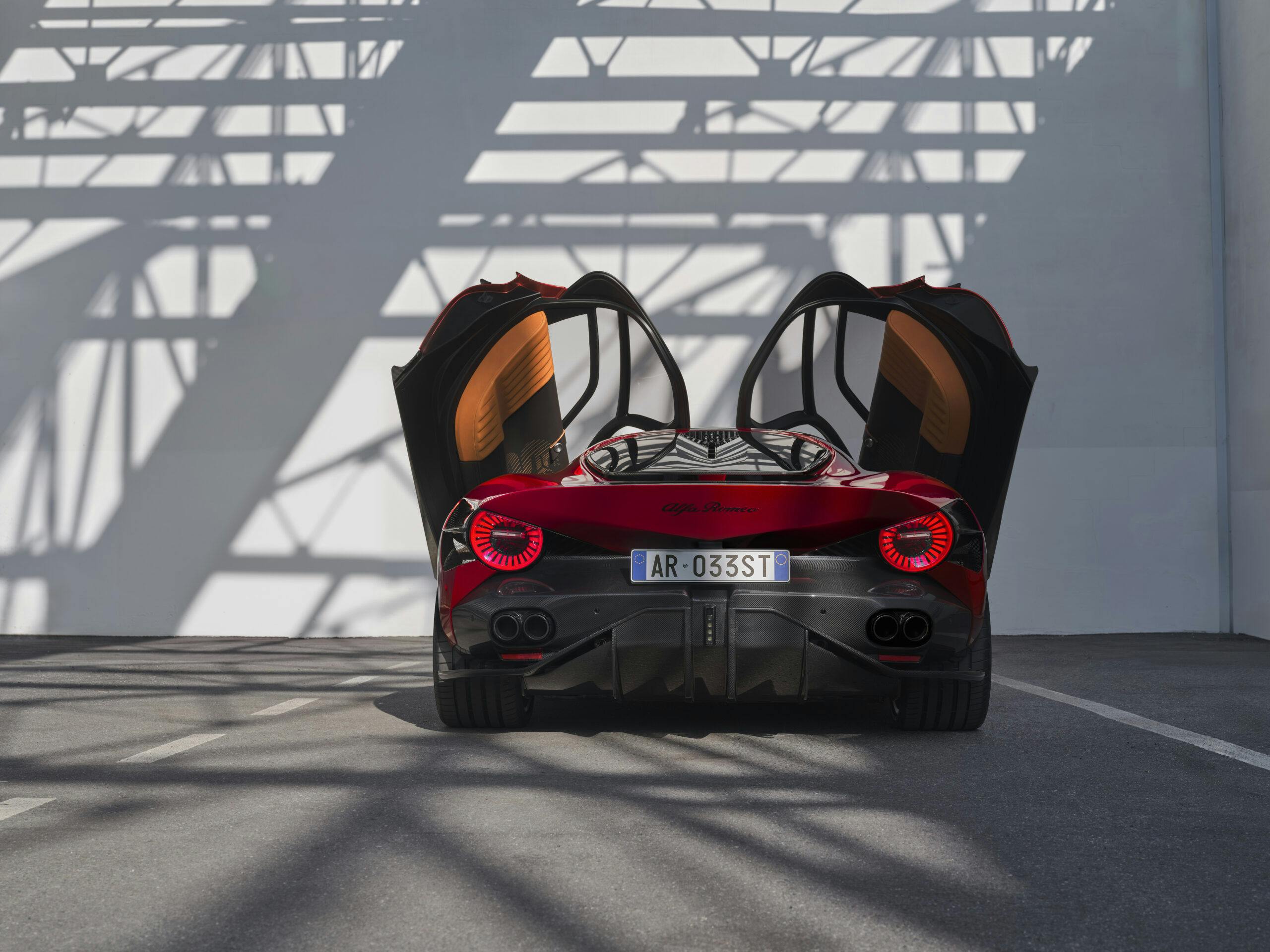
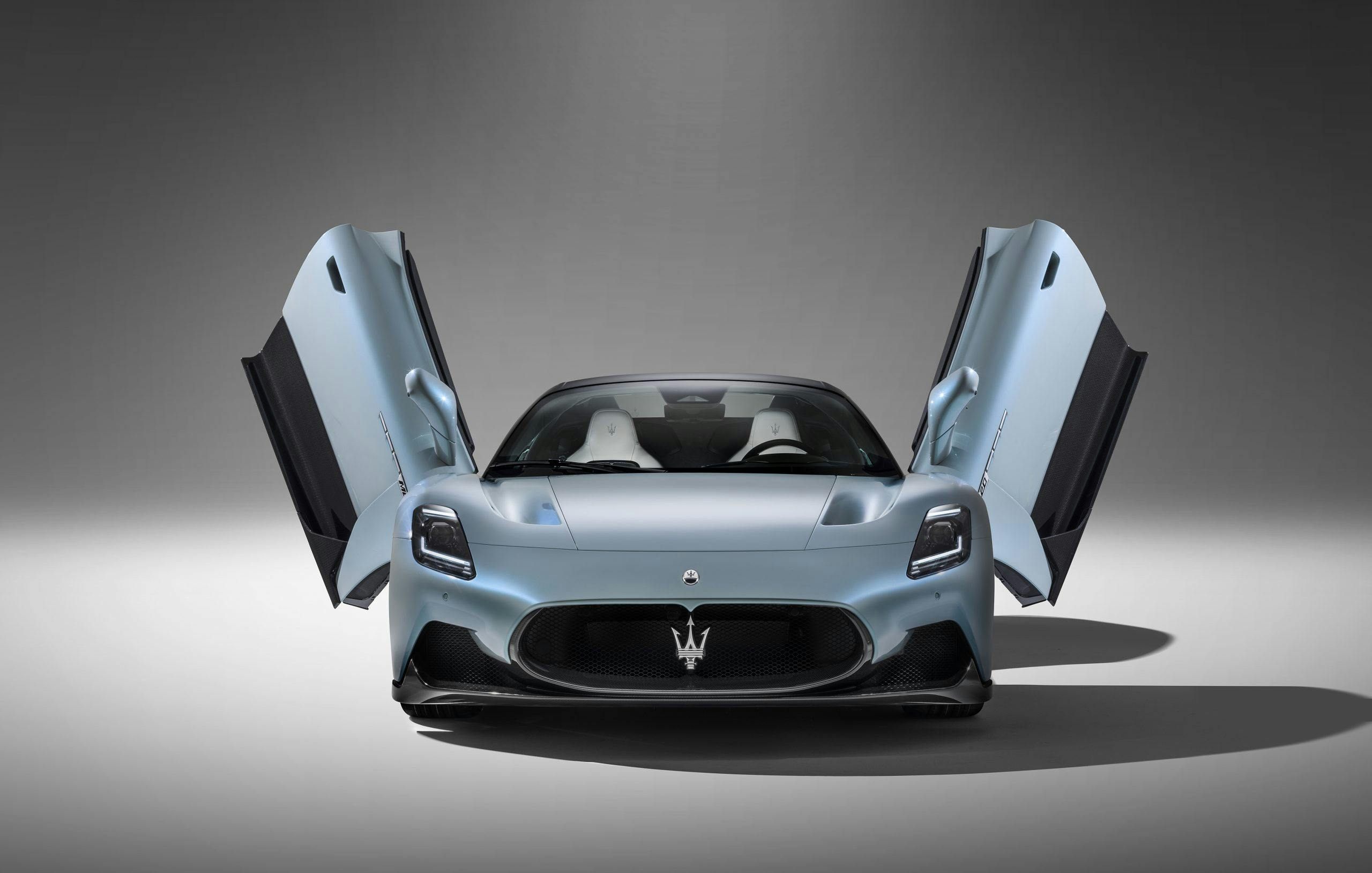
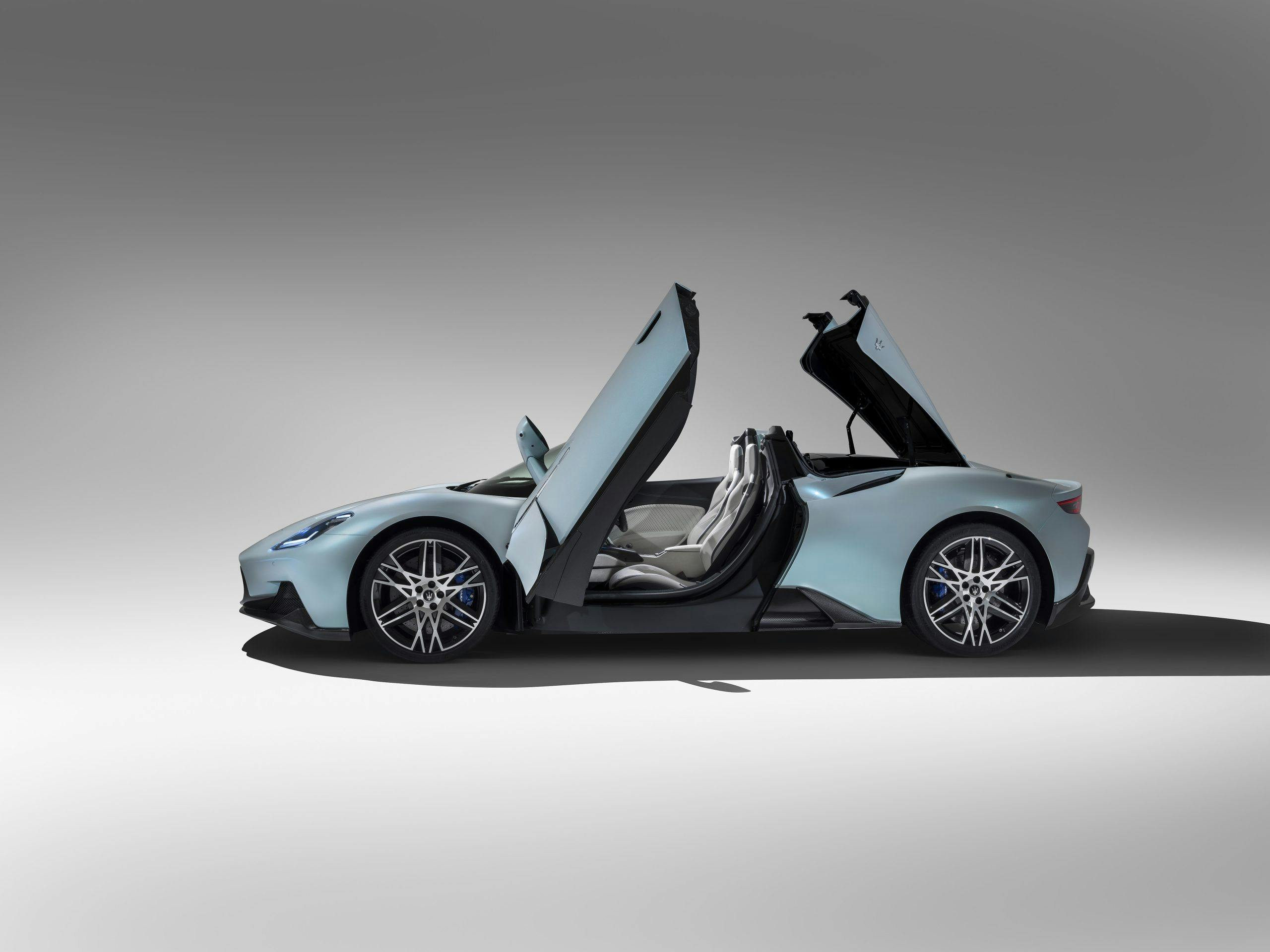
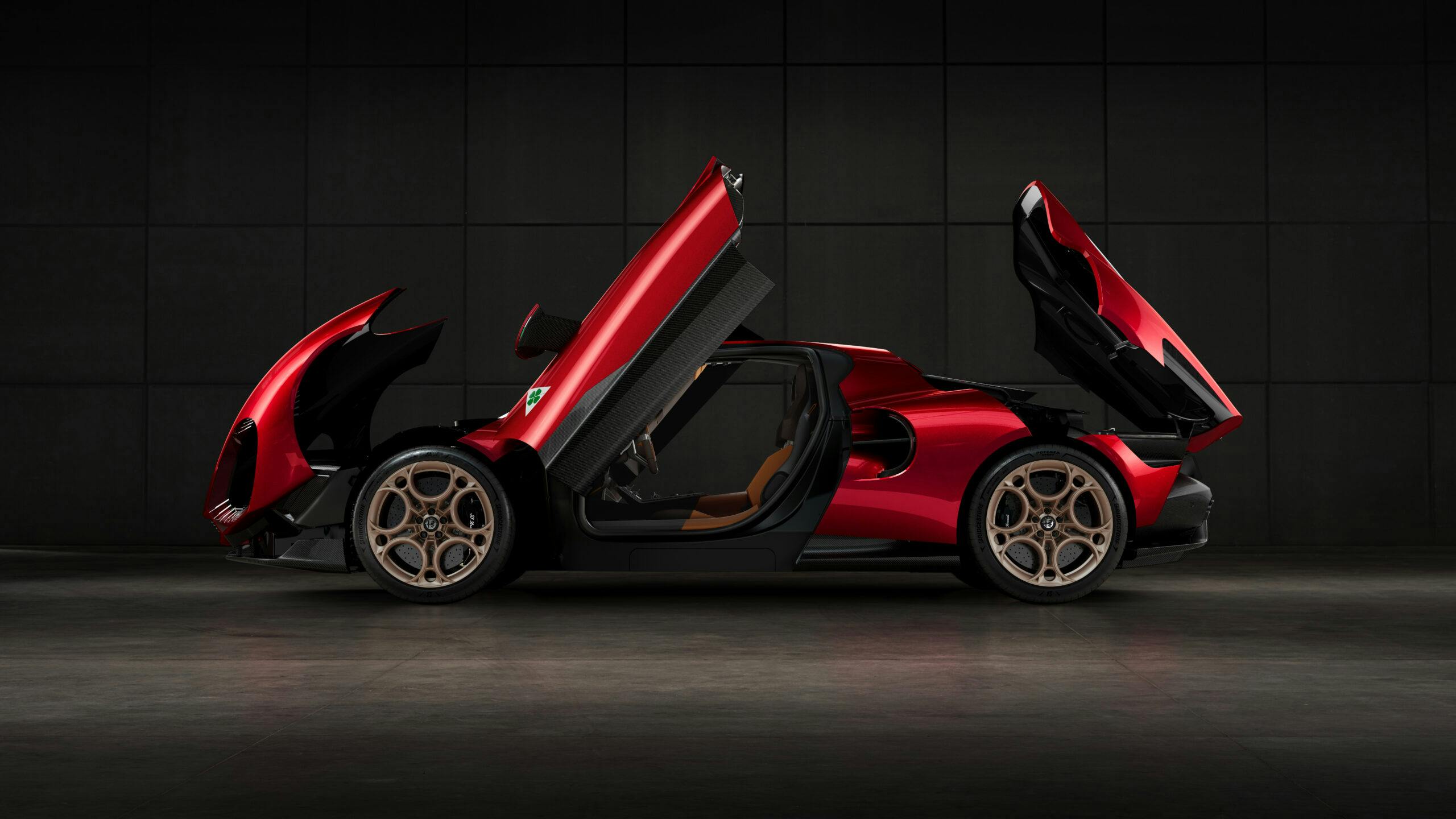


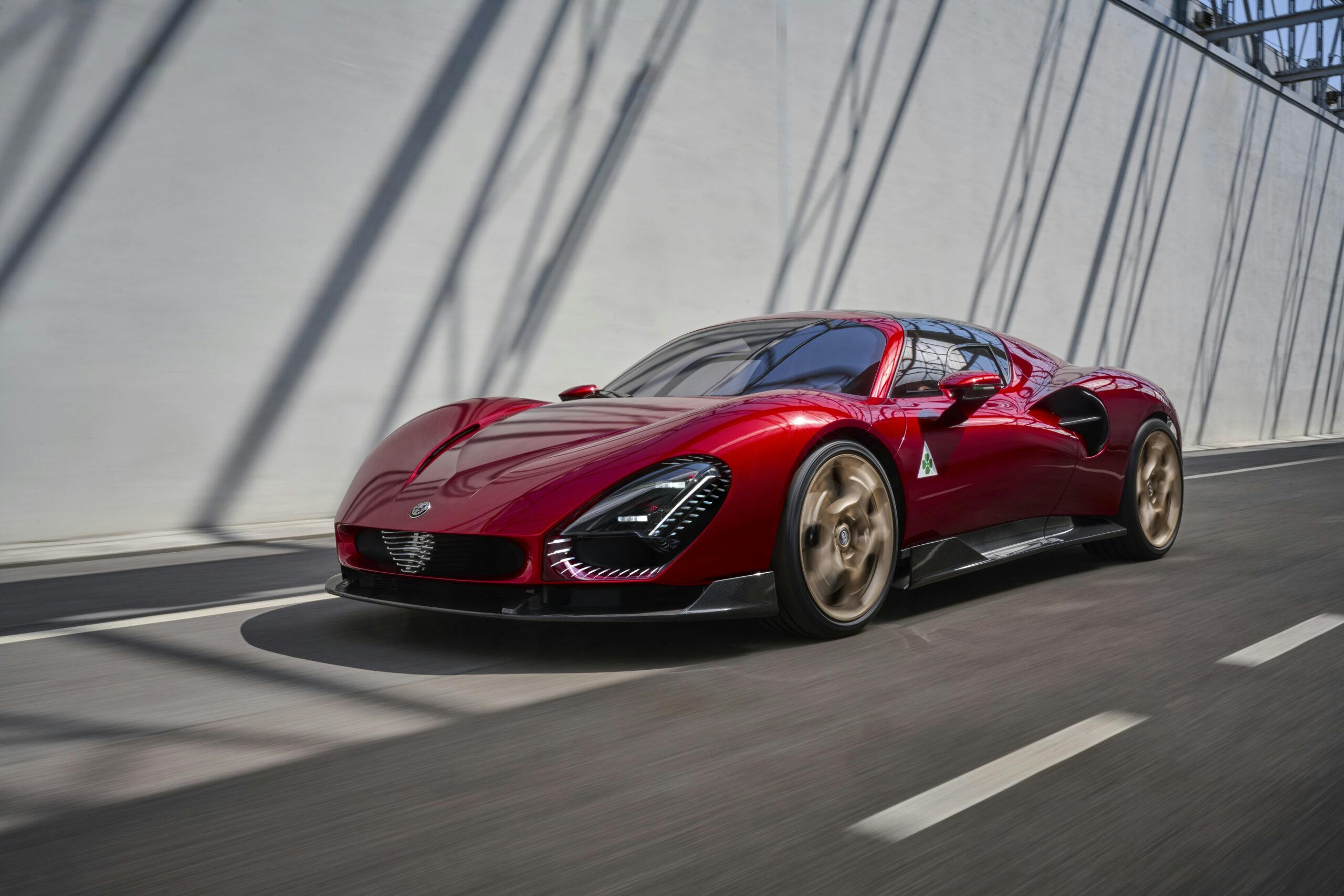
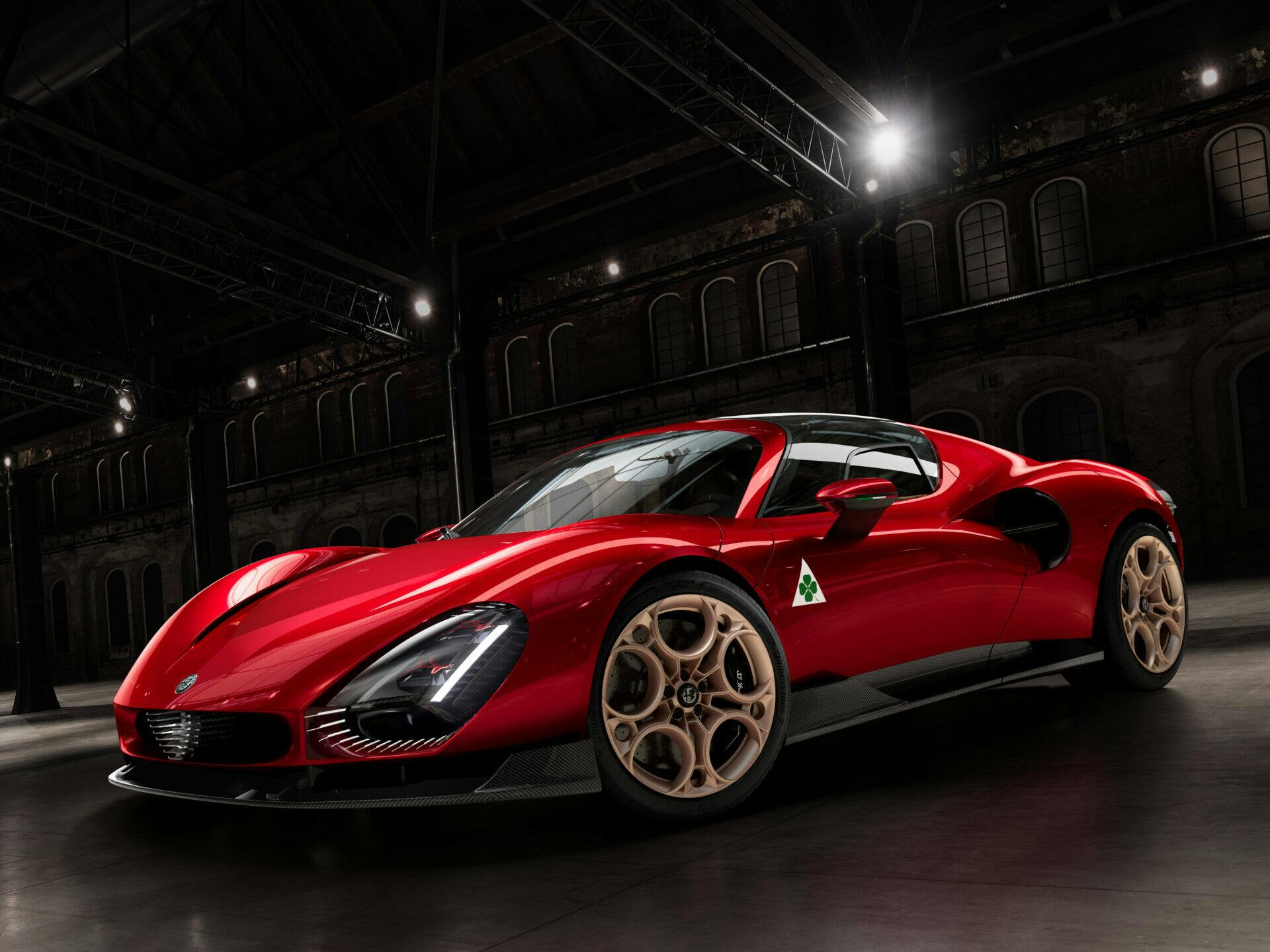
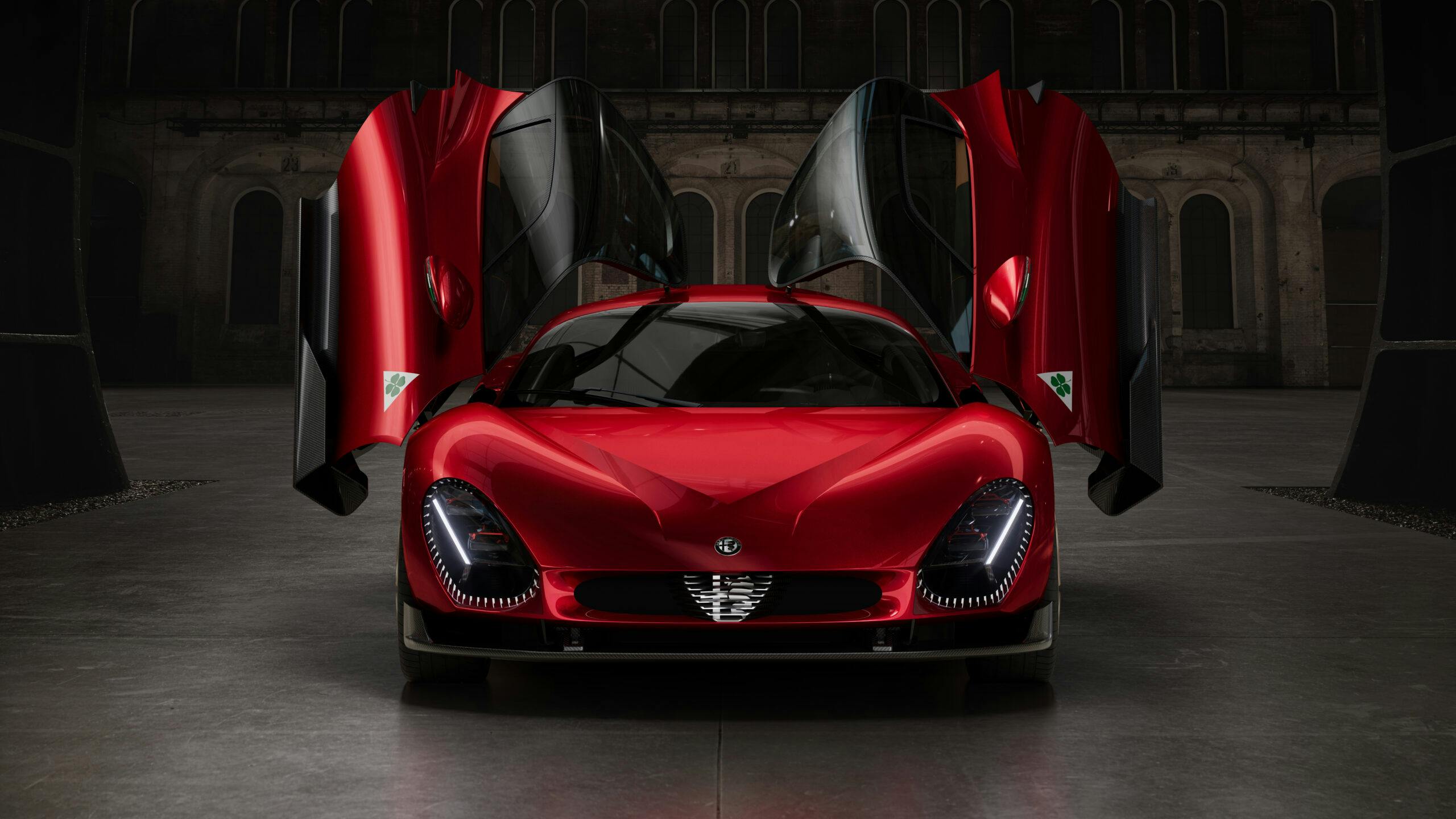
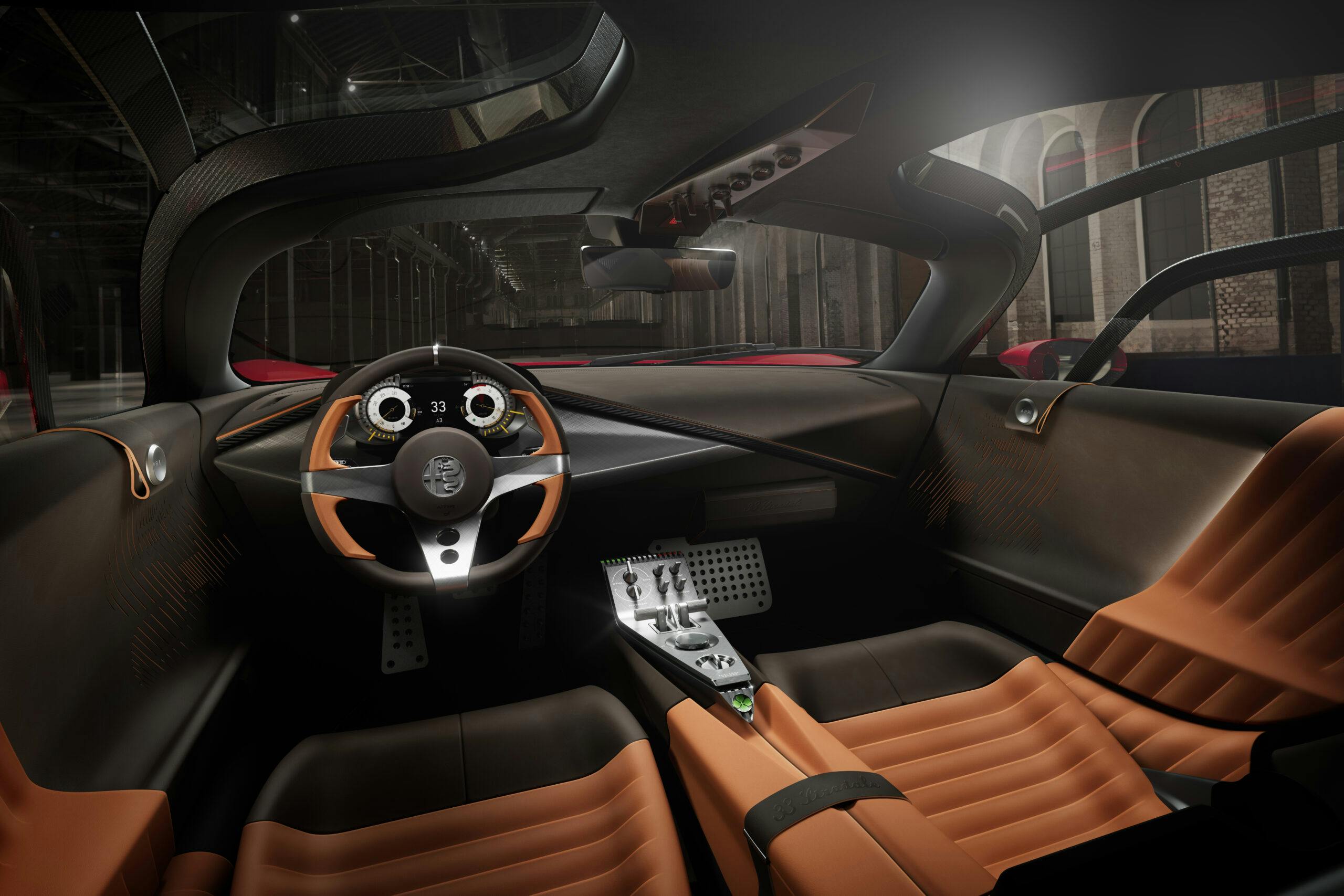
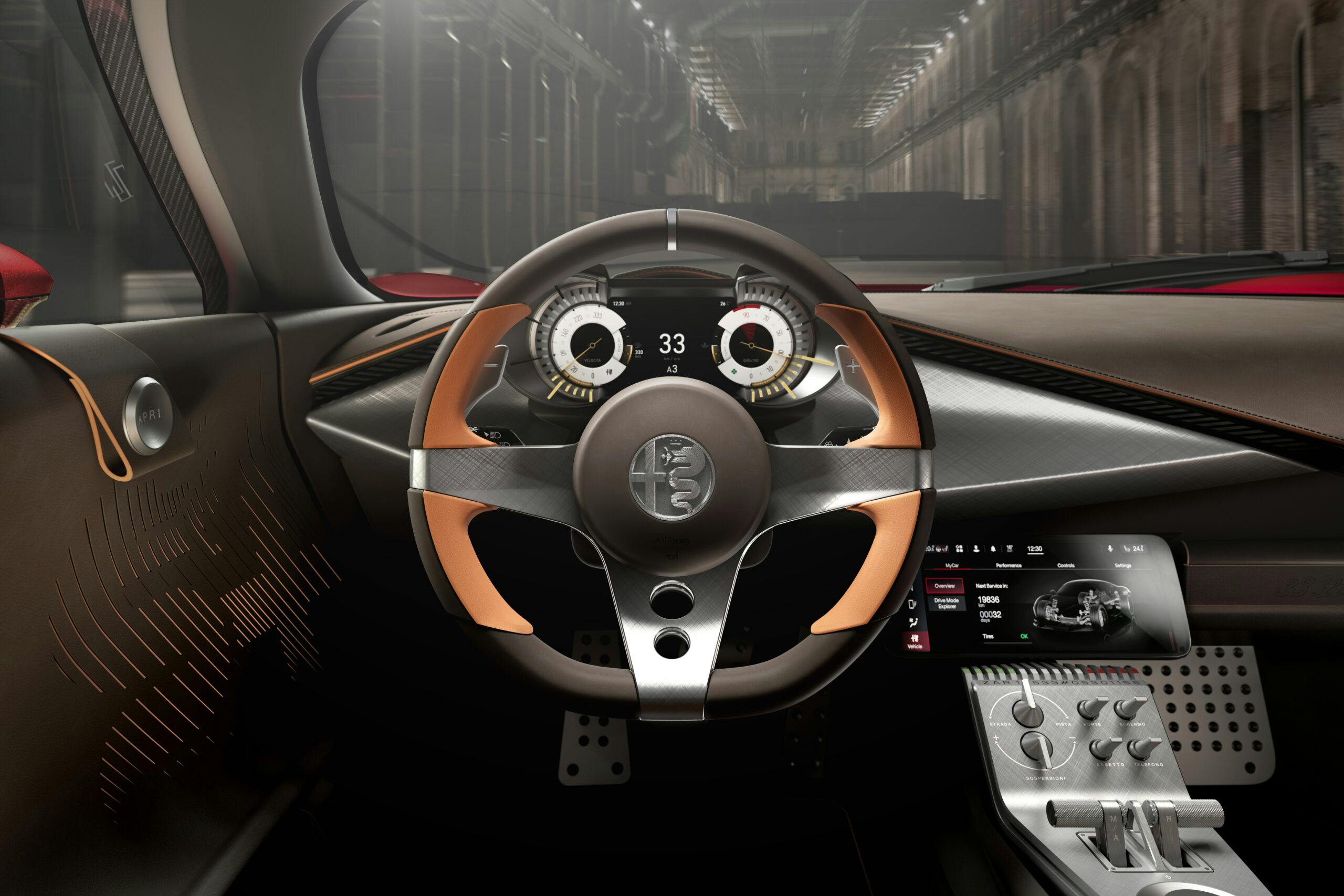
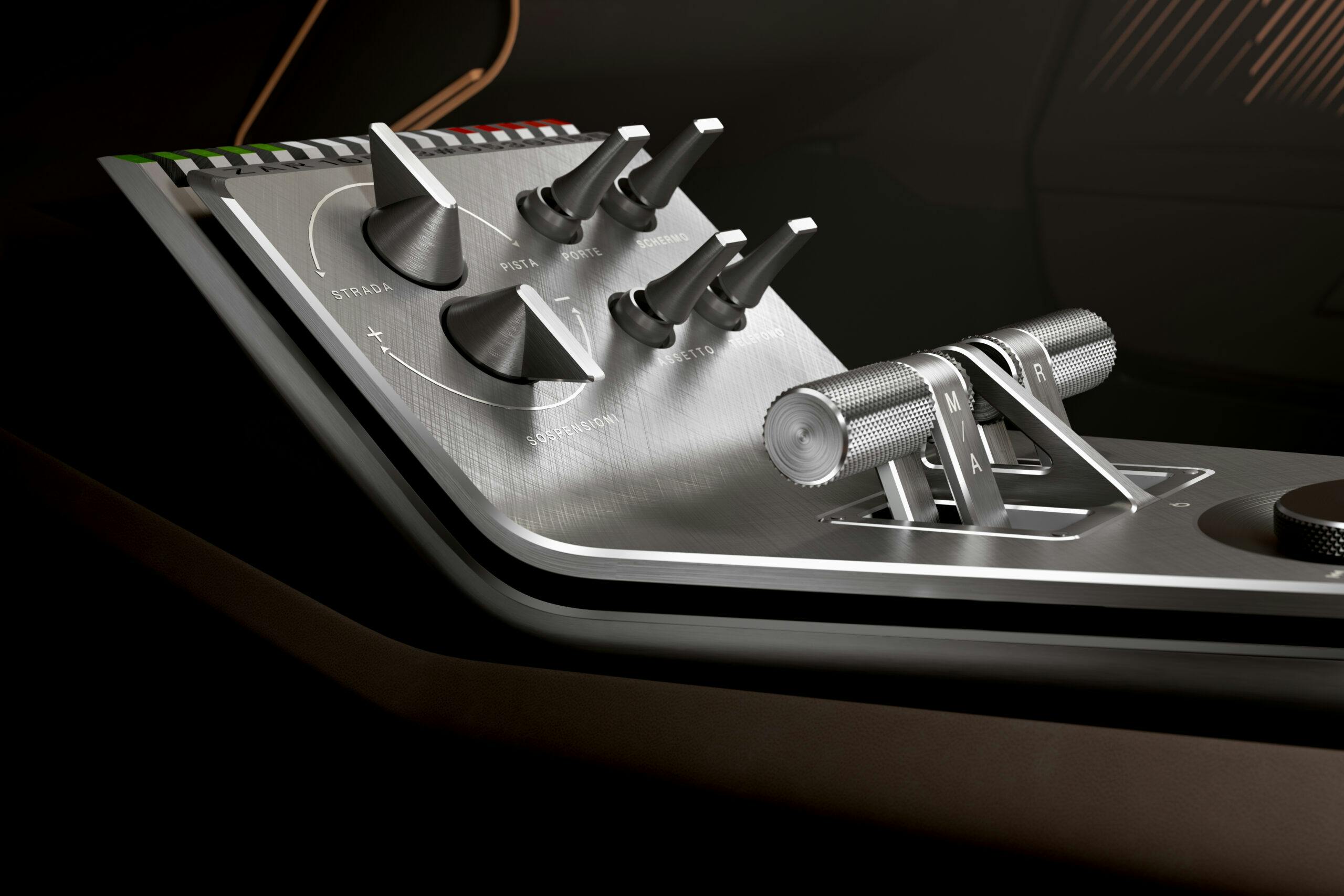





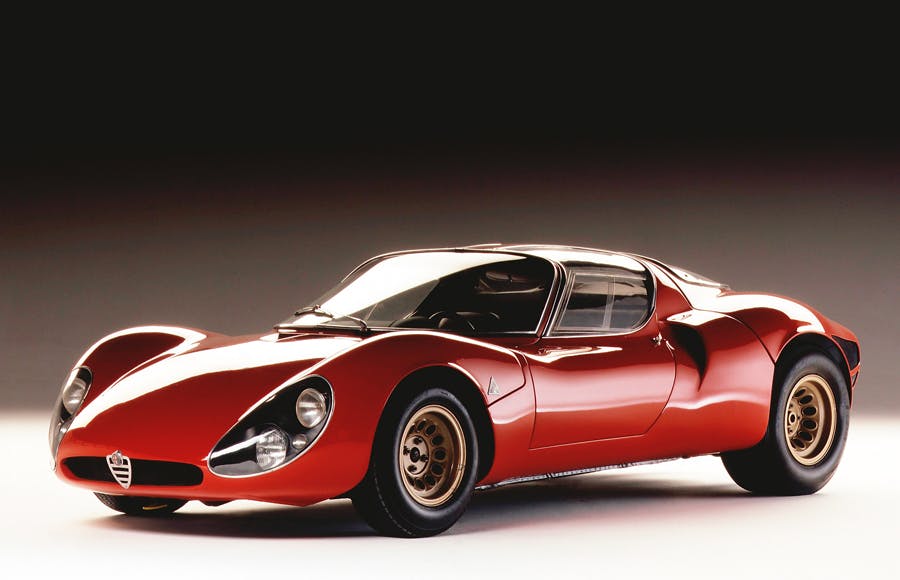













it’s interesting how similar these cars are and from the same parent company. Not sure why they need to be duplicated and use precious corporate resources but here we are.
Seems like the answer is that they CAN be duplicated and — one imagines, given the price tag — at a profit.
The main difference is the Alfa is a limited, high-dollar version and the Maserati is a version that you’d actually drive! If the two were essentially identical, save for sheet metal, it might seem odd to have both (notwithstanding that this is done by virtually every auto maker with more than one brand–see Chevy/GM/Cadillac, Ford/Lincoln, Hyundai/Genesis/KIA, Toyota/Lexus, Nissan/Infiniti, Honda/Acura, Porsche/Audi/VW/Lamborghini [et al], etc.)
That said, I wonder if these are just covering the cost of the bespoke body and interior design, or if they are adding to the corporate bottom line.